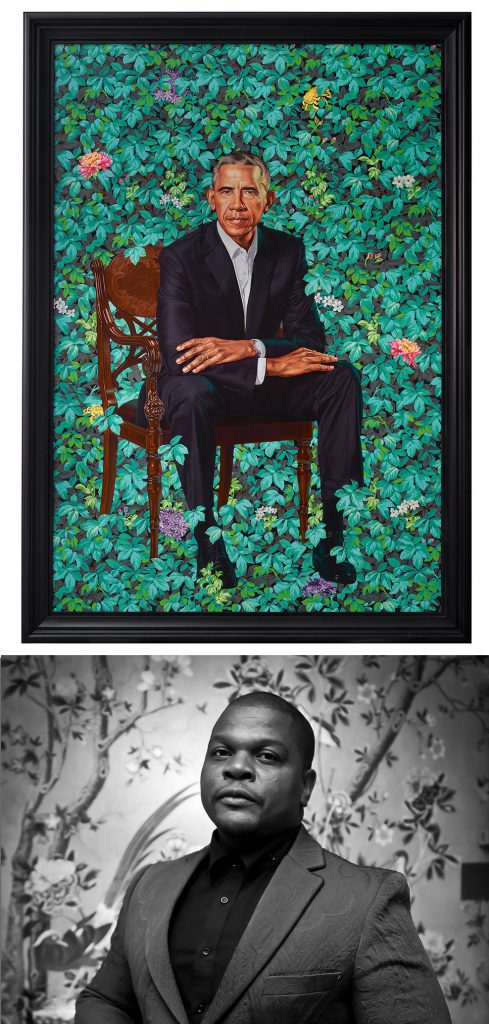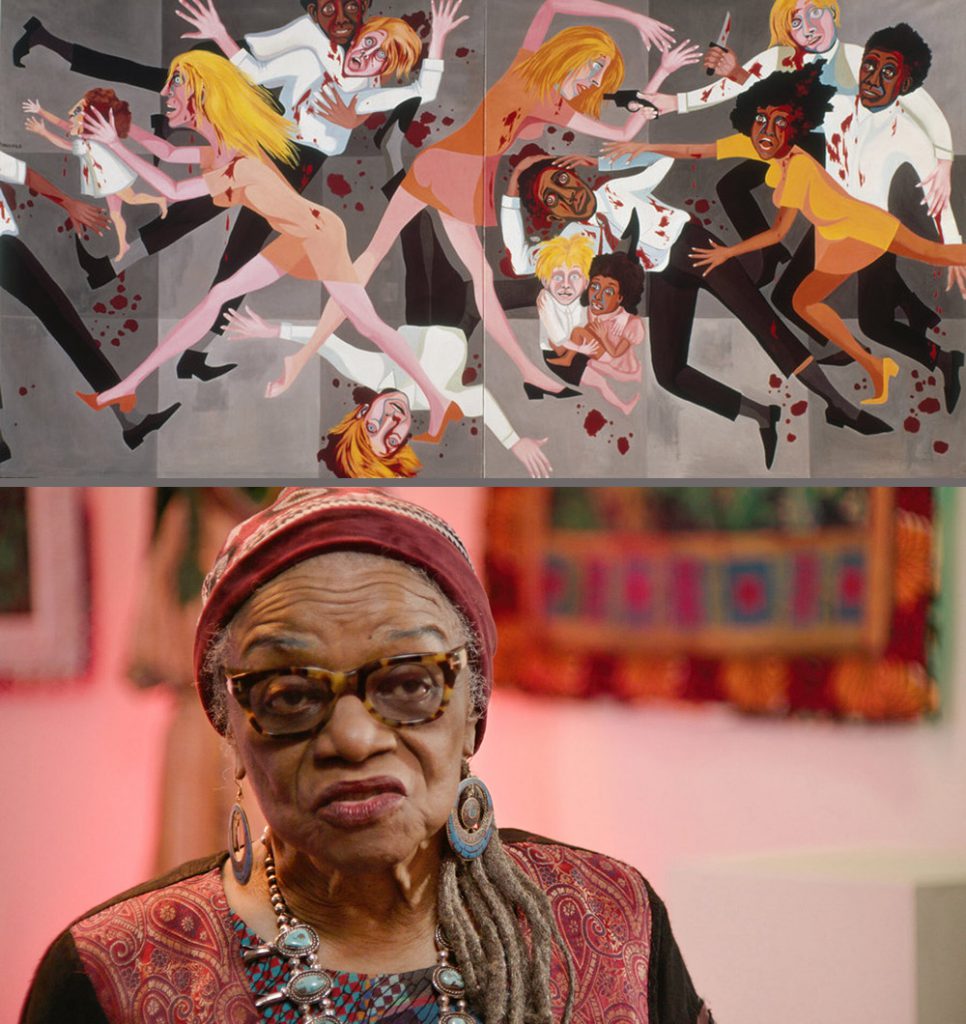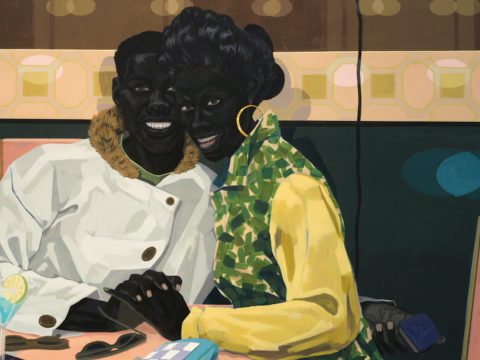Movie Details
BLACK ART: IN THE ABSENCE OF LIGHT
The Black artists and museum curators made it evident in the documentary Black Art: In the Absence of Light – white museum curators cannot correctly put on a valid showing of black art. Also made evident in the film – white critics should not review black art. Whites have never suffered injustices, so they have different emotions when viewing black art; white people cannot reckon with the work.
To serve as an example, you watch the creation and viewing of Kara Walker’s 40-foot Sphinx made of sugar, titled A Subtlety, or the Marvelous Sugar Baby. White American’s viewing the sphinx find it entertaining. Black American’s look at the Sphinx and cringe at the pain depicted. Pain, since the sugar industry repressed and destroyed black families, says Kara Walker.
Black Art: In the Absence of Light begins with Tom Brokaw interviewing David Driskell in 1976 at the opening of the groundbreaking Two Centuries of Black American Art, showing for the first time black art from the previous 200 years. For the next 44 minutes, there are informative interviews with a wide range of black artists, curators, and professors. The time frame quickly moves from historical to contemporary artists. During interviews, the artists show their work and explain their motivations. It is well-paced and informative.
Next is talk of the importance of collecting black art and the importance of museums showing black art. Here you meet Kasseem Dean, aka Swiss Beatz, aka Alicia Keyes’ husband, a significant black art collector.
Lastly, there is discussion regarding problems with museums. Overall, eighty-five percent of the pieces shown in museums are by white artists, vis-à-vis the importance of black art museums and black universities to acquire and show black work.
The documentary Black Art: In the Absence of Light is an eye-opening learning experience, at least it is for this white movie reviewer. Appreciate some of the featured artists and their work shown below.

David Driskell – Memories of Distant Past – 1975

Amy Sherald – A Clear Unspoken Granted Magic – 2017

Kehinde Wiley – Obama Portrait – 2018

Kerry James Marshall – School of Beauty, School of Culture – 2012

Faith Ringgold – American Series #20 Die – 1967

Theaster Gates – A Game of My Own – 2017

Kara Walker – Gone: An Historical Romance of a Civil War as it Occurred b’tween the Dusky Thighs of One Young Negress and Her Heart – 1994

Jordan Casteel – Cornelius – 2014

Showing – Two Centuries of Black American Art – 1976












